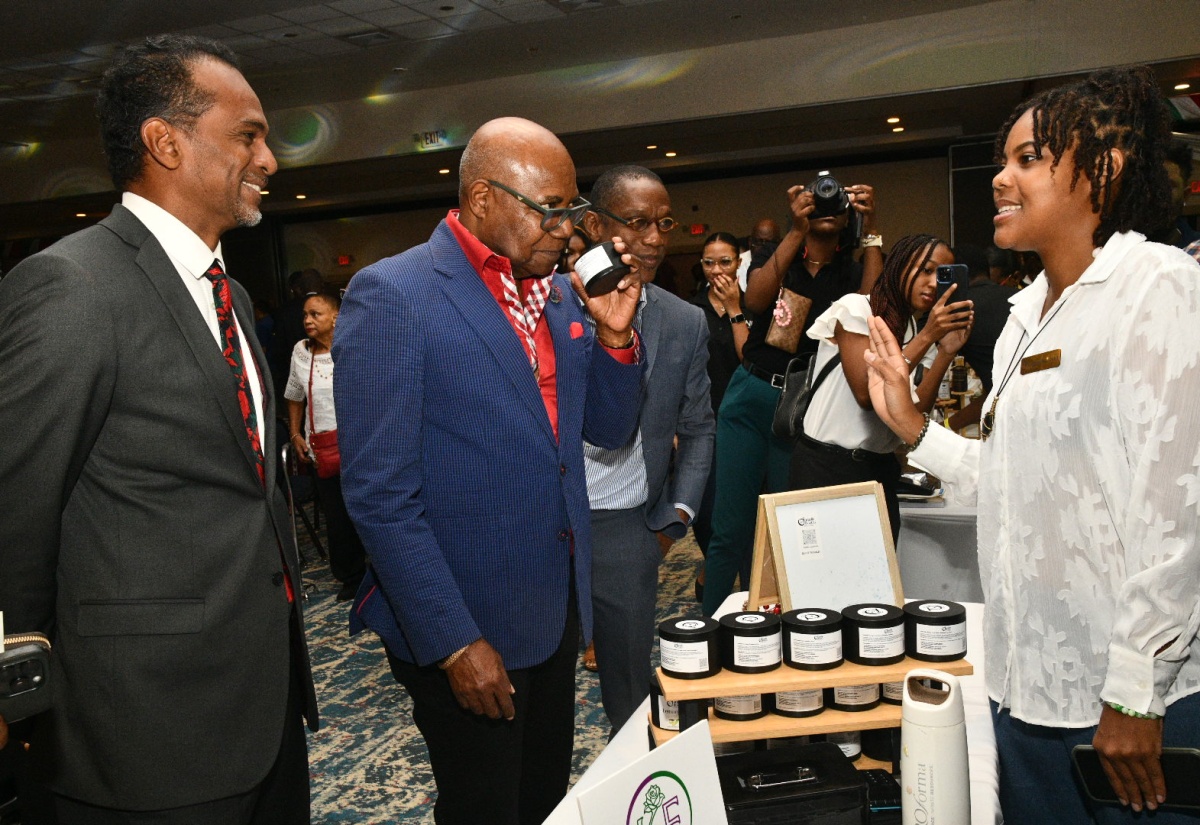The JMMB Group has announced plans to raise US$ 10 million and J$2 billion, totaling approximately J$3.27 billion, through the issue of four new cumulative redeemable preference shares, with no par value, and denominated in US and Jamaican dollars,
The offer, set to open on Wednesday, February 28 at 9:00 a.m. will be sold at a fixed price of $2.00 per share, in the respective currencies, with the proceeds targeted to support the Group’s continued expansion, both locally and regionally, and its capital management strategy.
JMMBGL intends to make an application to the Jamaica Stock Exchange to list the various classes of preference shares, in order to facilitate trading.
The preference shares will mature in 2025; although the company, in its prospectus, dated February 16, outlines that it reserves the right for optional redemption of all classes of preference shares, in full or in part.
In touting the value of the offer, the company notes that this issue is opportune at this time, with increased investor sentiment in the market.
The offer also provides above-average returns in the current low-interest rate environment, while allowing investors the opportunity to earn more on their investment with increased interest rates over the tenure of the JMD preference share offer.
Additionally, consistent dividend payments made, may be reinvested by investors, thereby increasing their income stream.
See below also for more details
JMMB Group Seeks to Raise Over J$3B with New Preference Share Offer
Kingston, Jamaica. Thursday, February 22, 2018…The JMMB Group Limited (JMMBGL) has announced its intention to issue four new cumulative redeemable preference shares, with no par value, and denominated in US dollars (USD) and Jamaican dollars (JMD), in an offer set to open on Wednesday, February 28 at 9:00 a.m.
The JMMB Group Jamaican-dollar cumulative redeemable preference share offer will include: nine hundred and fifty million (950 M) preference shares at 7.25%, variable rate for JMMB Group clients and fifty million (50 M) preference shares at 7.00%, variable rate, for non-clients. The US dollar-denominated cumulative preference shares will be offered at a fixed rate, of 5.75% and 5.50%, in corresponding tranches of 4.5 million preference shares and a half million preference shares, for clients and non-clients, respectively.
All tranches of the preference share offer will be sold at a fixed price of $2.00 per share, in the respective currencies.
The proceeds of this preference share offer will be used to support the Group’s continued expansion both locally and regionally, and its capital management strategy. The financial entity intends to raise US$ 10 million and J$2 billion, which totals approximately J$3.27 billion.
The week-long offer closes on Wednesday, March 7 at 3:30 p.m.; however the company has the option of closing the offer sooner, should it be fully subscribed.
JMMBGL intends to immediately, following the closing of the offer, make an application to the Jamaica Stock Exchange (JSE) to list the various classes of preference shares, in order to facilitate trading. The offer will not be upsized; however investors will be able to access shares on the secondary market, after the shares begin trading on the JSE.
The preference shares will mature in 2025; although the company, in its prospectus, dated February 16, outlines that it reserves the right for optional redemption of all classes of preference shares, in full or in part.
Details of JMMBGL 2025 Preference Share Offer
The fixed rate of 7.25% and 7.00%, respectively, is applicable to the JMD preference shares, after the closing date until March 6, 2020 and thereafter, the rate will vary, based on the most recent Government of Jamaica (GOJ) 180-day weighted average Treasury Bill yield (WATBY), plus 1.50% per annum. This variable rate will be reset annually, on March 6, until the preference shares’ maturity.
The first dividend payment will be made for the two classes of the JMD variable rate preference shares starting on April 6, 2018, and thereafter dividends will be made payable on the 6th day of each month, or the next business day, at the respective rates offered to clients and non-clients. In the case of the USD preference shares, dividends will be paid quarterly at the agreed rate, beginning June 2018. Thereafter, dividend payments will be made in September, December and March, until the maturity of the offer.
In touting the value of the offer, the company notes that this issue is opportune at this time, with increased investor sentiment in the market. The offer also provides above-average returns in the current low-interest rate environment, while allowing investors the opportunity to earn more on their investment with increased interest rates over the tenure of the JMD preference share offer. Additionally, consistent dividend payments made, may be reinvested by investors, thereby increasing their income stream.
JMMB Group’s Regional Build-out
Since its last preference share offer, JMMB Group has deepened its presence in the countries in which it operates, as evidenced by transitioning of its merchant banking operation to commercial banking, in Jamaica; rebranding Intercommercial Bank Limited (IBL Bank) in Trinidad and Tobago; and expanding its suite of offerings in the Dominican Republic, to include banking operations, introduction of pension fund management and mutual funds.
The JMMB Group recorded net operating revenue of J$12.28 billion for the nine-month period, ending December 31, 2017; this reflects an 11% growth in its operating revenue, compared to the corresponding prior period. The financial entity reported net profit of J$2.58 billion, for the same period, which is a marginal decline of approximately 4%, over the comparative period.
The Group showed credible performance quarter-over-quarter, with net profit of approximately J$909 million compared to approximately J$653 million, for the three-month period ended September 2017 and 2016 respectively. This reflects a 39% uptick in net profit for the comparative quarters.
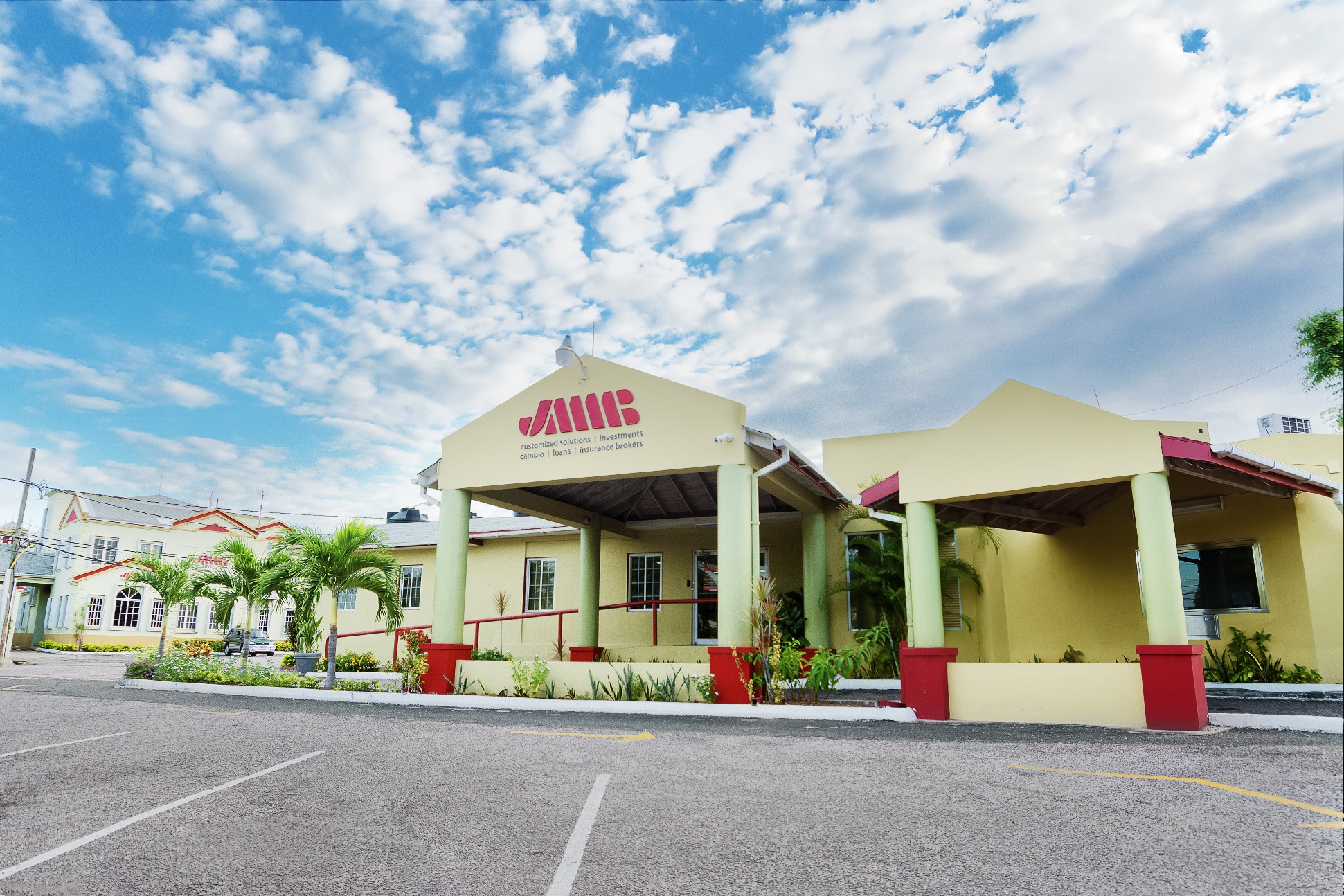

 Businessuite Women2 weeks ago
Businessuite Women2 weeks ago
 Businessuite News243 weeks ago
Businessuite News243 weeks ago
 Businessuite News242 weeks ago
Businessuite News242 weeks ago
 Businessuite News24 International3 weeks ago
Businessuite News24 International3 weeks ago
 Corporate Feature3 weeks ago
Corporate Feature3 weeks ago
 Businessuite Markets3 weeks ago
Businessuite Markets3 weeks ago
 Business Insights2 weeks ago
Business Insights2 weeks ago
 Businessuite Women4 weeks ago
Businessuite Women4 weeks ago









 Meanwhile, Mr. Bartlett anticipates a significant increase in tourism earnings for the current quarter, compared to the corresponding period last year, which is attributable to the sector’s strong rebound from the disruptions caused by Hurricane Beryl.
Meanwhile, Mr. Bartlett anticipates a significant increase in tourism earnings for the current quarter, compared to the corresponding period last year, which is attributable to the sector’s strong rebound from the disruptions caused by Hurricane Beryl.
 Unilever’s decision to separate its global ice cream business marks a turning point for the British-Dutch consumer goods giant, ending a long chapter defined by household brands like Magnum, Ben & Jerry’s, and Wall’s. For Caribbean markets, including Jamaica and Trinidad where Unilever’s ice cream presence has been part of local summers for decades, the announcement signals more than just a corporate restructuring – it reveals how major multinationals are rethinking their portfolios in an era where margins matter as much as market share.
Unilever’s decision to separate its global ice cream business marks a turning point for the British-Dutch consumer goods giant, ending a long chapter defined by household brands like Magnum, Ben & Jerry’s, and Wall’s. For Caribbean markets, including Jamaica and Trinidad where Unilever’s ice cream presence has been part of local summers for decades, the announcement signals more than just a corporate restructuring – it reveals how major multinationals are rethinking their portfolios in an era where margins matter as much as market share.

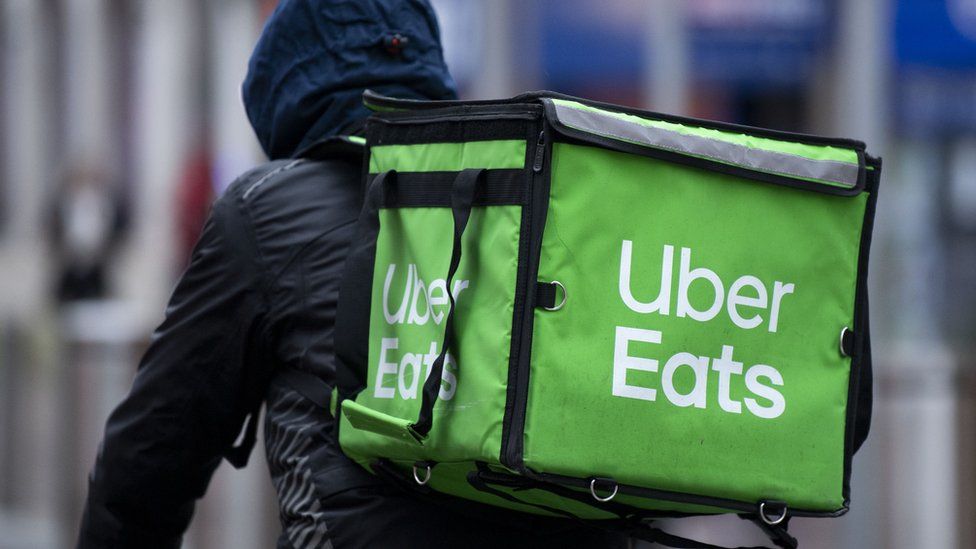

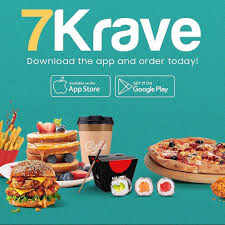

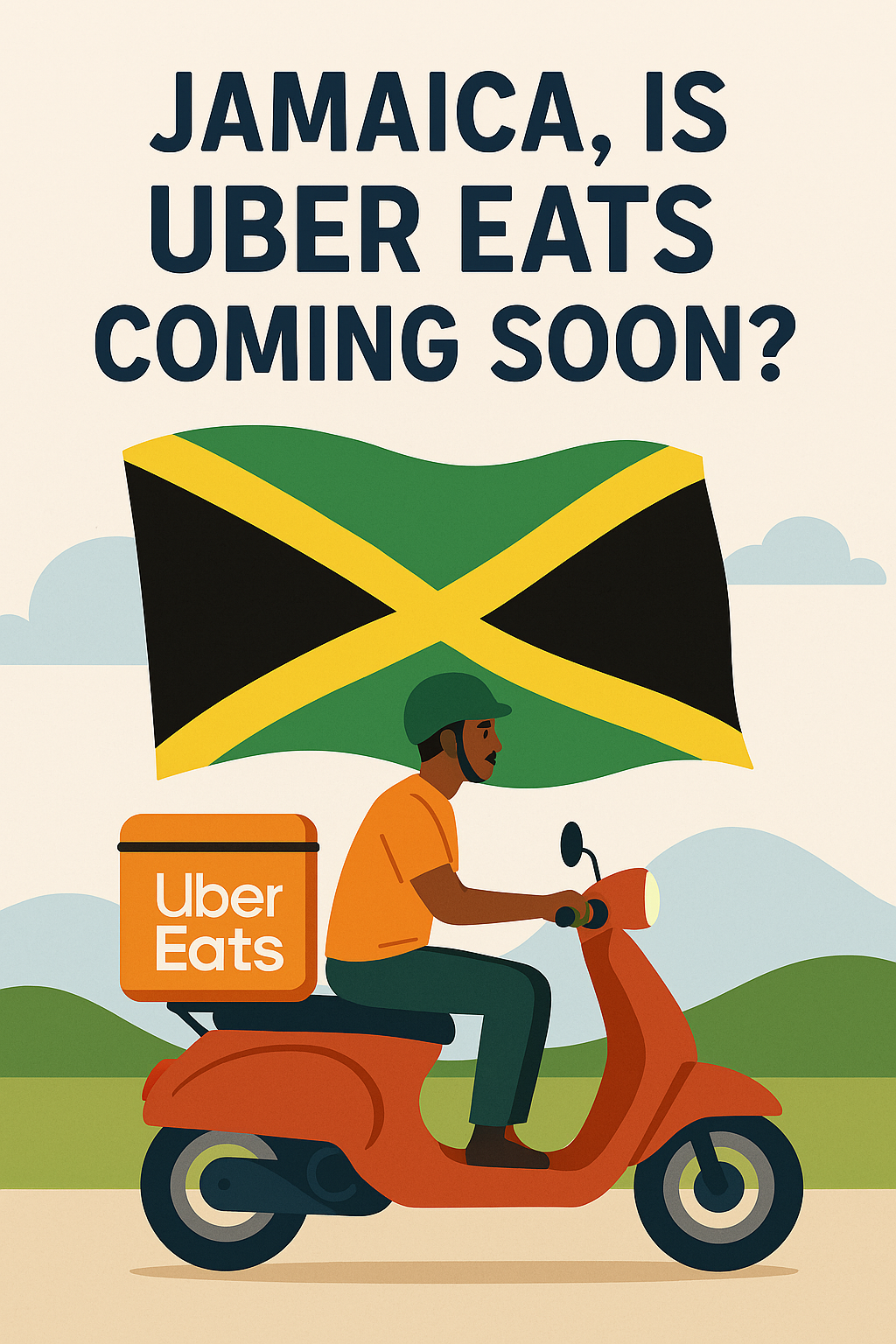 1. Deep Local Insight
1. Deep Local Insight